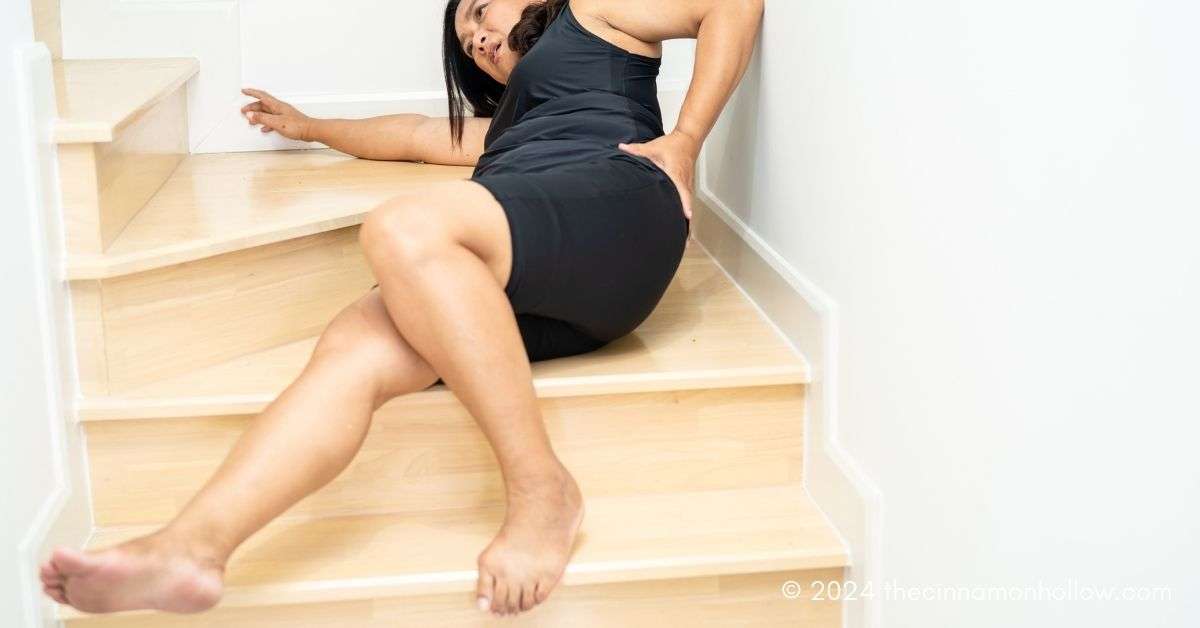Slip and fall injuries at home are a leading cause of accidents, especially among children and older adults. These incidents can cause serious injuries, ranging from minor bruises to fractures, or even head trauma. However, most of these accidents can be prevented by taking simple, proactive measures to maintain a safer living environment. Here are practical strategies for reducing the risk of slip and fall injuries within your home.
Securing Rugs and Carpets
Loose rugs and carpets can quickly turn into tripping hazards. Secure all rugs with double-sided tape, non-slip backing, or rug grip pads. These simple fixes help keep rugs in place and flat on the ground. Periodically check the edges and corners of your rugs to ensure they haven’t curled up or become frayed. If your rugs have seen better days, it might be time to replace them.
Improving Lighting
Adequate lighting in your home is essential, especially in areas where slip and fall incidents are more likely to occur, such as staircases, hallways, and entryways. Ensure that these areas are well-lit so that potential obstacles or tripping hazards are easily visible. Consider installing nightlights in key areas of your home, like the bathroom, kitchen, and along the route between bedrooms. Motion-sensor lights can be particularly useful for providing illumination only when needed.
Clear Pathways
Keep your home free of clutter, particularly in walkways and near doorways. Remove obstructions like loose wires, children’s toys, and other debris that could potentially cause a trip and fall. Furniture should be arranged to allow ample space for walking, ensuring there is a clear, direct path through each room.
Bathroom Safety
Always use non-slip mats in the shower or bathtub. These mats stick to the floor of your tub or shower, providing added stability. Install grab bars in critical areas of the bathroom, such as near the toilet and inside the shower. These bars give everyone something secure to hold onto when the floors and surfaces may be slippery.
Stair Safety
Ensure that all staircases have sturdy handrails on both sides, and encourage everyone at home, especially children and the elderly, to use them. Handrails can prevent falls and provide support if someone loses their balance. Apply non-slip strips to the edge of each step, so they are more visible and provide extra grip while walking up or down the stairs.
Footwear Matters
Walking in socks, especially on smooth surfaces, can be as risky as walking on ice. Encourage household members to wear shoes or slippers with a good grip, even indoors, to avoid slipping.
Safety for Seniors
Consider the mobility challenges that seniors may face. Keep essentials within easy reach to avoid overreaching and potentially losing balance. Ensure that seniors in the home have regular checkups for their eyesight and balance, as these can significantly affect their risk of falls.
Childproofing
Install safety gates at the top and bottom of staircases to keep young children from falling down the stairs. To prevent falls from windows, install window guards and stops, especially in children’s rooms and play areas.
Home Maintenance
Inspect the condition of your flooring. Repair or replace any damaged floorboards or tiles that could cause someone to trip. Tools alone won’t guarantee safety; it’s the use of these tools combined with vigilance and preventative measures that ultimately makes a difference.
Common Injuries from Slips and Falls
According to the Oakland slip and fall attorneys at Milanfar Law Firm, the following types of injuries are common in slip and fall accidents:
- Broken Bones: Wrist, arm, ankle, and hip fractures are common, particularly among seniors whose bones may be more fragile due to osteoporosis.
- Head Injuries: Even a seemingly minor fall can result in a concussion or more severe traumatic brain injury (TBI) if the head strikes against a hard surface.
- Spinal Cord Injuries: Falls can cause dislocations or fractures in the spine, potentially leading to long-term mobility issues or paralysis.
- Cuts and Abrasions: These may require stitches and can lead to infection if not properly treated.
- Soft Tissue Injuries: Sprains, strains, and torn ligaments are often not immediately apparent but can cause ongoing pain and mobility problems.
Awareness and proactive risk management in every part of the home environment are crucial. Every household member’s participation in fostering safety can make your home a sanctuary from the hazards of slip and fall accidents.
We are not doctors and this is in no way intended to be used as medical advice and we cannot be held responsible for your results. As with any product, service or supplement, use at your own risk. Always do your own research before using.


